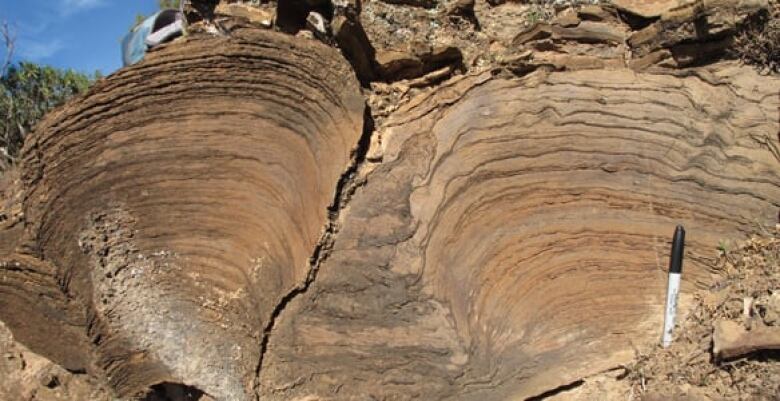Oldest animal fossils found in Australia

The fossils were found under a 635-million-year-old glacial deposit, reported a study published Tuesday in Nature Geoscience.

The researchers suspected they might be parts of the bodies of animals, and 3-D models created from the fossils support that theory.
The finding was surprising because there was a very severe ice age 635 million years ago.
"No one was expecting that we would find animals that lived before the ice age," said Maloofin a statement, "and since animals probably did not evolve twice, we are suddenly confronted with the question of how a relative of these reef-dwelling animals survived the 'snowball Earth.'"
According to the National Science Foundation, which funded the study,the find is at least 70 million years older than any other evidence of animal body forms in the fossil record.
Because the animals were made of the same material as the rock itself, they couldn't be removed or imaged with X-rays. Instead, the researchers collaborated with Situ Studio, a design company based in Brooklyn, N.Y., with an expertise in digital modelling techniques.

At least three of the specimens had a short, tube-shaped appendage at its base that may have been used to attach it to a solid surface. The researchersbelieve thefossils likely belonged to a sponge-like filter feeding animal.
The oldest fossil sponges previously foundlivedaround 520 million years ago. However,chemical traces from materials of cell membranes ofspongeswere discovered in 2009 insedimentary rocks more than 635 million years old.












_(720p).jpg)


 OFFICIAL HD MUSIC VIDEO.jpg)
.jpg)



























































































